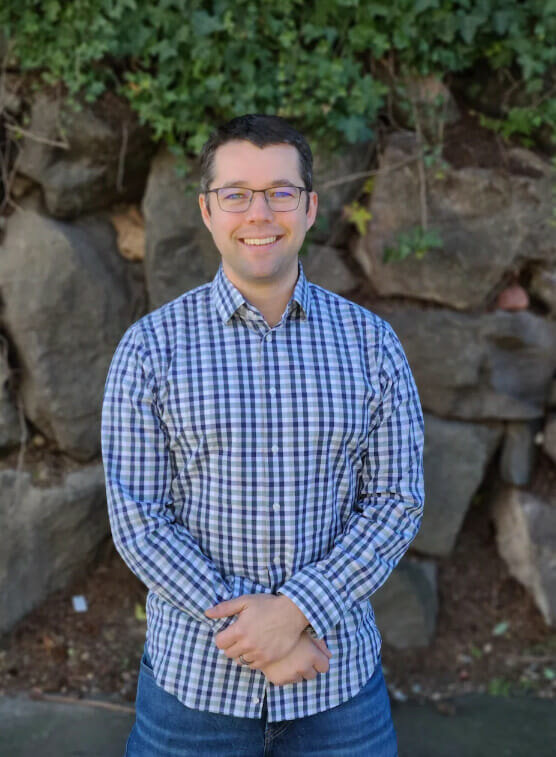
Casper, Phillips & Associates Inc. (CP&A) was among speakers at the Overhead Crane and Hoist Innovation Conference earlier this month (October).
CP&A was represented by Richard Phillips, mechanical engineer, who tackled the subject of automation alongside Richard Emmer, business development manager, automation at Magnetek, a Columbus McKinnon brand. CP&A offers a wide variety of services, including procurement, specification, design, manufacturing review, modification, and accident investigation.
The free-of-charge conference was hosted by Progressive Media International along with its global media partner, TOC Worldwide. The conference was delivered digitally on October 19 and included a series of papers that addressed the latest in cutting-edge technology from the lifting and handling industry, focusing on the key equipment used in the logistics, manufacturing, and warehousing sectors. Attendees learnt about the innovations that can help to improve an operation’s efficiency and safety. Presentations also covered performance data analysis, braking systems, anti-sway technology, and other relevant topics.
Phillips brought design experience with automated crane systems to the conference. He has worked on both sides of these projects: first, crane procurement—writing specifications, evaluating bids, addressing specification deviation requests, and design reviews; and on the contractor side—designing power transmission systems, providing construction / fabrication support, and authoring operation and maintenance manuals.
He said: “There are lots of reasons why automation is a buzz topic. Automated cranes can be run without operators so it can reduce the overhead costs and increase productivity. This is a big deal in the current economic climate as many countries / markets are trying to curb inflation and boost production. Rick and I come from different backgrounds; he had a lot of interesting talking points, and we were able to give different perspectives.”
People and automation
The automation session attracted a variety of attendees, with a demographic largely centered on production and procurement functions. The delegation put questions to Phillips and Emmer about modifying existing cranes to be automated and how much labor needs to be replaced before automated cranes are worth the cost.
While they weren’t directly addressed during this Overhead Crane and Hoist Innovation Conference item, the Internet of Things (IoT) and Artificial Intelligence (AI) are also part of the wider automation discussion.
Sensors have been placed on powertrain components, such as gearboxes, to actively monitor and predict when certain maintenance tasks need to be performed. This is an extension of how powertrain components are tested without IoT devices. Instead of a technician hooking up all the special equipment for the test, the testing equipment will be permanently mounted on the gearbox. Here, data will be constantly sent to AI systems where algorithms are used to dynamically suggest optimum maintenance intervals.
However, Phillips said: “With all this complexity, sometimes we forget about the basics. A state-of-the-art IoT and AI monitoring system will not fix a bad design. If a hoist powertrain isn’t properly designed, the AI system will suggest an unreasonable amount of maintenance. On the other hand, there are always risks and costs for moving to automation. There isn’t an answer for every single industry and every lifting application. You would be amazed at the number of decisions a crane operator makes on a simple lift—trying to program all of that is a very big challenge.”

“It is still an emerging technology,” continued Phillips. “Although there are automated cranes, they are not all automated to the same extent. Some cranes have special instruments that will inspect wire ropes and automatic bearing lubrication systems, while others only have the travel motions automated. New technology is coming out very quickly. One of the biggest issues is that the automation industry needs to start standardizing products and interfaces. A lot of the suppliers come up with great new designs and interfaces; however, they don’t like to give away all their research and development to their competitors. I think the next big step will be to have standard platforms across the different industries that any supplier can easily interface with. Right now, it seems all the different automation packages are custom and / or proprietary to a specific supplier.”
Exciting place to work
This technological drive dovetails with ongoing efforts by industry stakeholders to attract young people into the lifting sector, while newcomers may have been among conference delegates.
“It helps to have exciting projects to work on,” enthused Phillips. “Right now, the market is very competitive, especially in the U.S. A lot of the current research at universities is on robotics. If you think about it, automated cranes could be considered giant robots. Arguably, industrial lifting hasn’t been revolutionized in years—generations, even. Now, with the advent of automation, IoT, and AI, that is changing. Meanwhile, training practices and recruitment of the next generation of skilled workers are challenges all companies will need to address in coming years.”
- The latest presentation follows CP&A’s recent appearance on a panel that took questions from an American Association of Port Authorities (AAPA) delegation. The company’s past president, Rich W. Phillips, a structural engineer, was among panelists that explored, ‘Engineering solutions to your container handling equipment obstacles’ at the Facilities Engineering Seminar & Expo.
